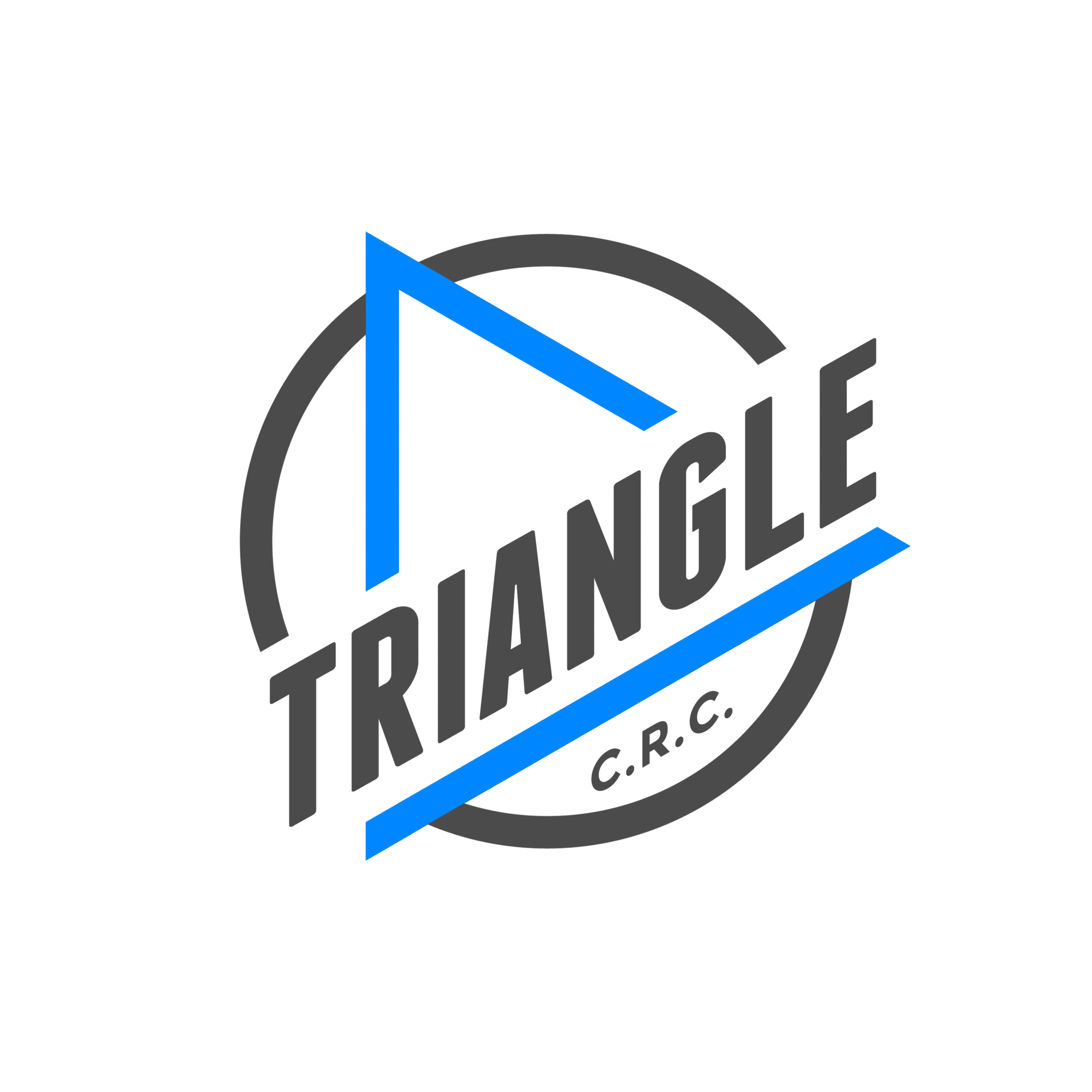10 Healthy Tips that Worked for 84,000 Generations
We're far enough into the year that your New Year's Resolution to drop 20 pounds and exercise daily has slowly but surely diminished. Maybe you're choosing a Skinny Vanilla Latte instead of the regular one. At least you're trying.Read more ...
I found a pretty good article about exercising like our ancestors. (To read more about eating like our ancestors, see my blog post "The 'D' Word".) Essentially, we're wired for the exact opposite of a sedentary lifestyle, but the increase in technological advances has quickly put a hault to our need to be active. Avoid the nasty side effects of a sedentary lifestyle such as cardiovascular disease, obesity, diabetes, and boredom (I added that last one - it's not researchable), and apply these 10 tips to your life(1):1. We’re genetically wired for routine light-to-moderate activity(1). Good examples of this are walking, running, and lifting/carrying. Try doing sessions of weight training or strength-building exercises twice a week.2. After a strenuous workout, give yourself a relatively easy day. That doesn’t mean an every-other-day couch potato routine; still move about and stay active, but don’t push yourself too hard. Your body needs to rest.3. Moving around was typically on uneven surfaces. If a treadmill is all you’ve got, I’ll take it, but try to get outside and walk some trails or go for a hike in the woods! Our ancestors were typically barefoot or very lightly shod. None of them wore spike heels, nor did they have extremely cushioned, ultra-supportive running shoes. (More on shoes and running styles in blogs to come, I promise!)4. Interval training (short bursts of high intensity with rest or recovery periods in between) was effective for our ancestors in hunting prey and is also effective for weight-loss and cardiovascular health(2). (Don’t forget to rest after a tough day of training!)5. Getting bored with your workout isn’t just bad for motivation; it’s also an easy way to get an overuse injury. Switching up your workouts with different types of exercise (weights, cardio, flexibility, etc.) as well as different venues (outside, pool, open water, cycling, etc.) encourages your body and your mind to stick with your exercise program.6. Diet-induced inflammation was almost never seen in our hunter-gatherer ancestors. Eating low-energy whole foods (ie fruits, green leafy vegetables, meat – not pastas, grains, or breads) reduces inflammation and prevents you from storing extra energy as fat.7. Get outside! Outdoor workouts are fun, and skin exposure to the sun helps stimulate vitamin D production. Vitamin D can improve your mood, boost your immune system, and help you better absorb calcium(3).8. Take a friend! Hunter-gatherers rarely went out alone – it was too dangerous. While that might not be your primary motivator, you’re more likely to stick to a program if you’ve got someone else pushing you along. None of your friends or loved ones are interested? I know plenty of personal trainers who are looking for a few new buddies! Got a furry friend? Dogs and their ancestors have been our four-legged companions for years, and can benefit from some outdoor activity as much as you can.9. Doctor’s orders: dancing and sexual activity. Both are great for cardiovascular health, compliance to an exercise program with a partner, moderate levels of physical exertion, and stress relief(1)!10. Rest! There’s something about this fast-paced world that just won’t let us wind down at night. A good idea is to make a list before you go to bed. Write down all of the things you need to get done tomorrow. Seem tedious? Well, if you write them down, you don’t have to go over them in your head while you’re trying to doze off. Clear your mind and let your body rejuvenate after all of that physical exertion you’ve been doing!Dr. Lindsay Mumma - lindsaymumma@gmail.com - is a chiropractor at Triangle Chiropractic and Rehabilitation Center in Raleigh, NC. Her clinic focuses on offering multiple manual therapy options for pain management and functional improvement. For more information, please visit www.triangleCRC.com .1. O’Keefe J, Vogel R, Lavie C, Cordain L. Exercise like a hunter-gatherer: a prescription for organic physical fitness. Prog Cardiovasc Dis. 2011; 53:471-479.2. Cordain L, Friel J: The Paleo diet for athletes, A nutritional formula for peak athletic performance. New York: Rodale Books; 2005:288.3. Holick MF: Vitamin D and sunlight: strategies for cancer prevention and other health benefits. Clin J Am Soc Nephrol 2008;3:1548-1554.
